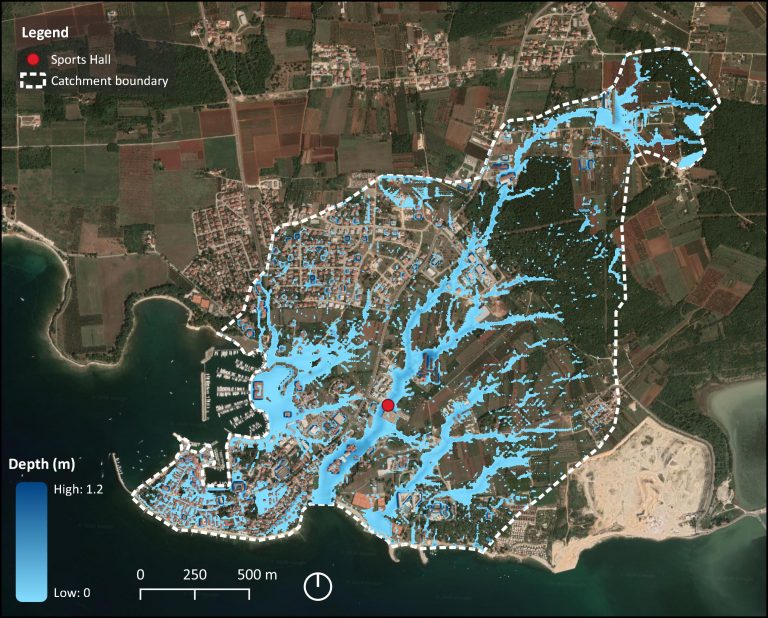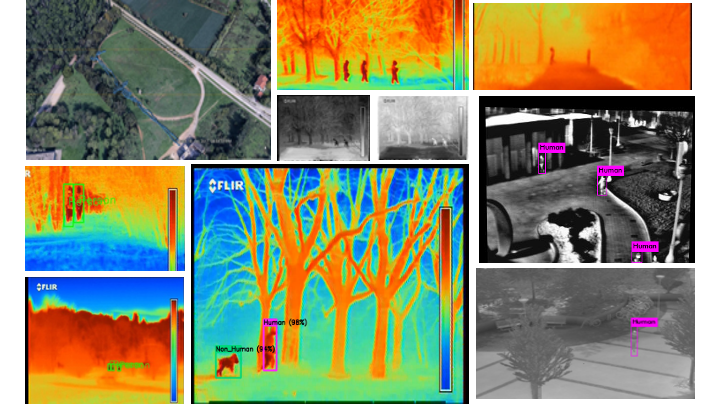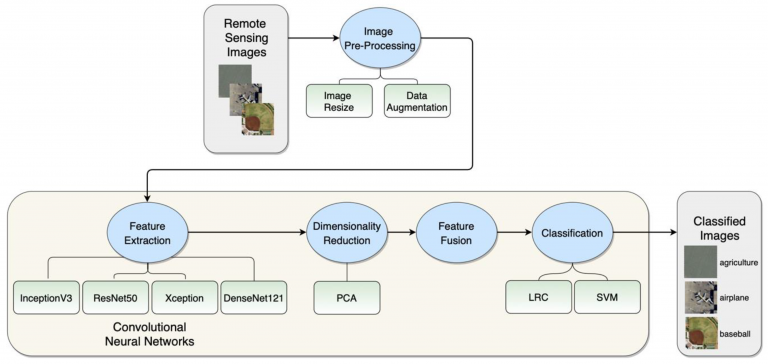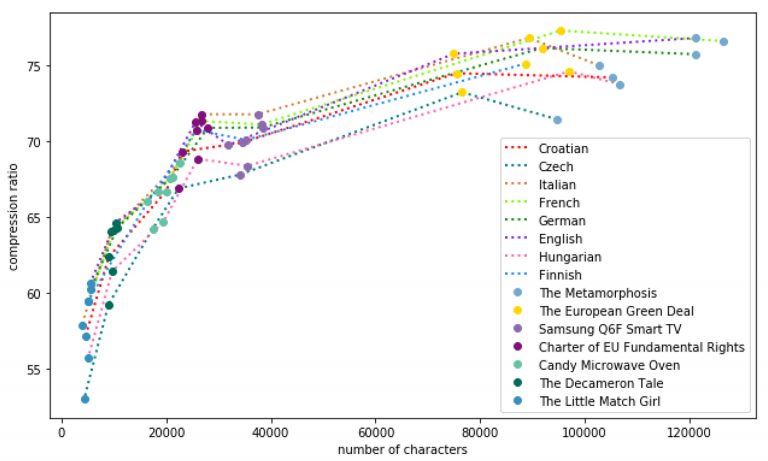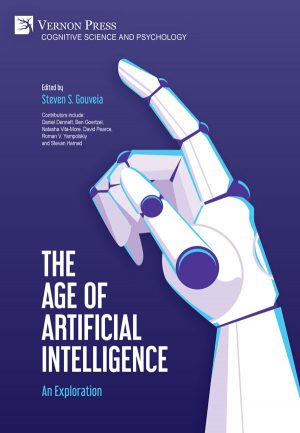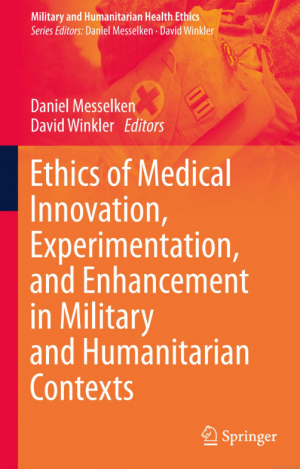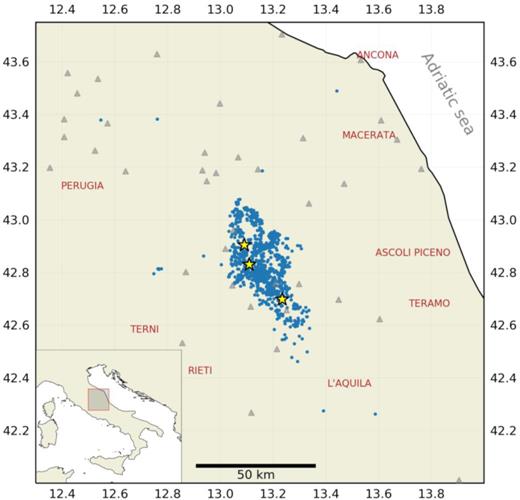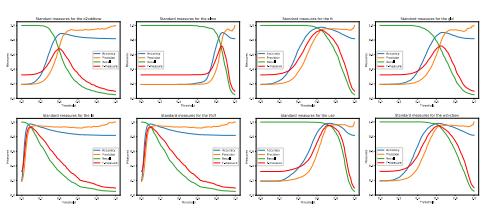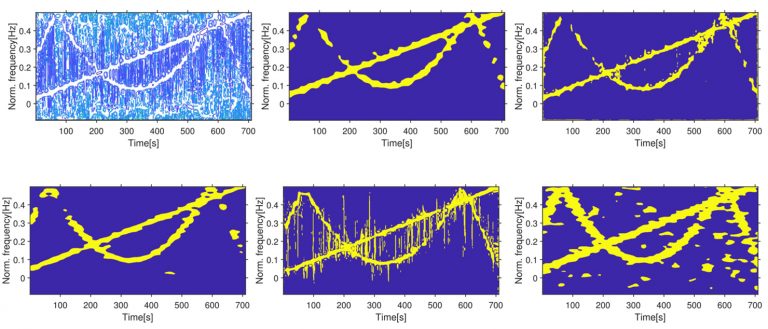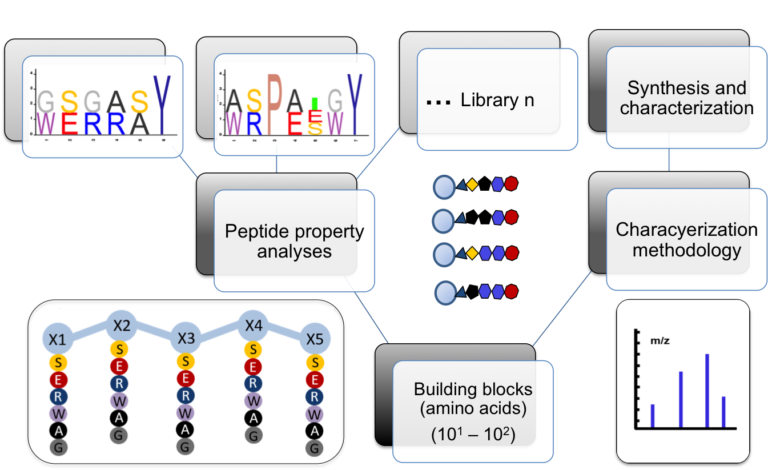
Research Papers
Evaluation of Design Storms and Critical Rainfall Durations for Flood Prediction in Partially Urbanized Catchments
This study investigates and compares several design storms for flood estimation in partially urbanized catchments. Six different design storms were considered: Euler II, Alternating Block Method, Average Variability Method, Huff’s curves, and uniform rainfall. Additionally, two extreme historical storms have been included for comparison. A small, ungauged, partially urbanized catchment in Novigrad (Croatia) was chosen […]
Thermal Object Detection in Difficult Weather Conditions Using YOLO
The scientific article “Thermal Object Detection in Difficult Weather Conditions Using YOLO” by M. Kristo, M. Ivašić-Kos, M. Pobar was published in journal IEEE Access, 2020, vol. 8, 125459-125476, DOI: 10.1109/ACCESS.2020.3007481 and is available online.
Deep Learning for Feature Extraction in Remote Sensing: A Case-Study of Aerial Scene Classification
Scene classification relying on images is essential in many systems and applications related to remote sensing. The scientific interest in scene classification from remotely collected images is increasing, and many datasets and algorithms are being developed. The introduction of convolutional neural networks (CNN) and other deep learning techniques contributed to vast improvements in the accuracy […]
Comparison of Entropy and Dictionary Based Text Compression in English, German, French, Italian, Czech, Hungarian, Finnish, and Croatian
The rapid growth in the amount of data in the digital world leads to the need for data compression, and so forth, reducing the number of bits needed to represent a text file, an image, audio, or video content. Compressing data saves storage capacity and speeds up data transmission. In this paper, we focus on […]
Does AI Brain Implant Compromise Agency? Examining Potential Harms of Brain-Computer Interfaces on Self-Determination
Novel generations of Brain-Computer Interface (BCI) technologies operated by AI, in particular, predictive neurotechnologies, offer enormous potential to support implanted individuals’ decisions and capacities for self-determination, such as empowering agential cognitive capacities. This chapter examines the ethics of predictive AI BCI, especially the question of potential risks of harm associated with having a predictive AI […]
Informed consent, military medical enhancement, and autonomous AI systems: requirements, implications, concerns
Inspired by the recent development of autonomous artificial intelligence (AI) systems inmilitary and medical applications I envision the use of one such system, an AI-empowered exoskeleton smart-suit called the Praetor Suit, to question the important ethical issues stemming from its use. The Praetor Suit would have the ability to monitor the service member’s physiological and […]
Rapid prediction of earthquake ground shaking intensity using raw waveform data and a convolutional neural network
This study describes a deep convolutional neural network (CNN) based technique to predict intensity measurements (IMs) of earthquake ground shaking. The input data to the CNN model consists of multistation, 3C acceleration waveforms recorded during the 2016 Central Italy earthquake sequence for M ≥ 3.0 events. Using a 10 s window starting at the earthquake origin time, we find […]
Corpus-Based Paraphrase Detection Experiments and Review
Paraphrase detection is important for a number of applications, including plagiarism detection, authorship attribution, question answering, text summarization, text mining in general, etc. In this paper, we give a performance overview of various types of corpus-based models, especially deep learning (DL) models, with the task of paraphrase detection. We report the results of eight models […]
A Novel Approach to Extracting Useful Information From Noisy TFDs Using 2D Local Entropy Measures
The paper proposes a novel approach for extraction of useful information and blind source separation of signal components from noisy data in the time-frequency domain. The method is based on the local Rényi entropy calculated inside adaptive, data-driven 2D regions, the sizes of which are calculated utilizing the improved, relative intersection of confidence intervals (RICI) […]
